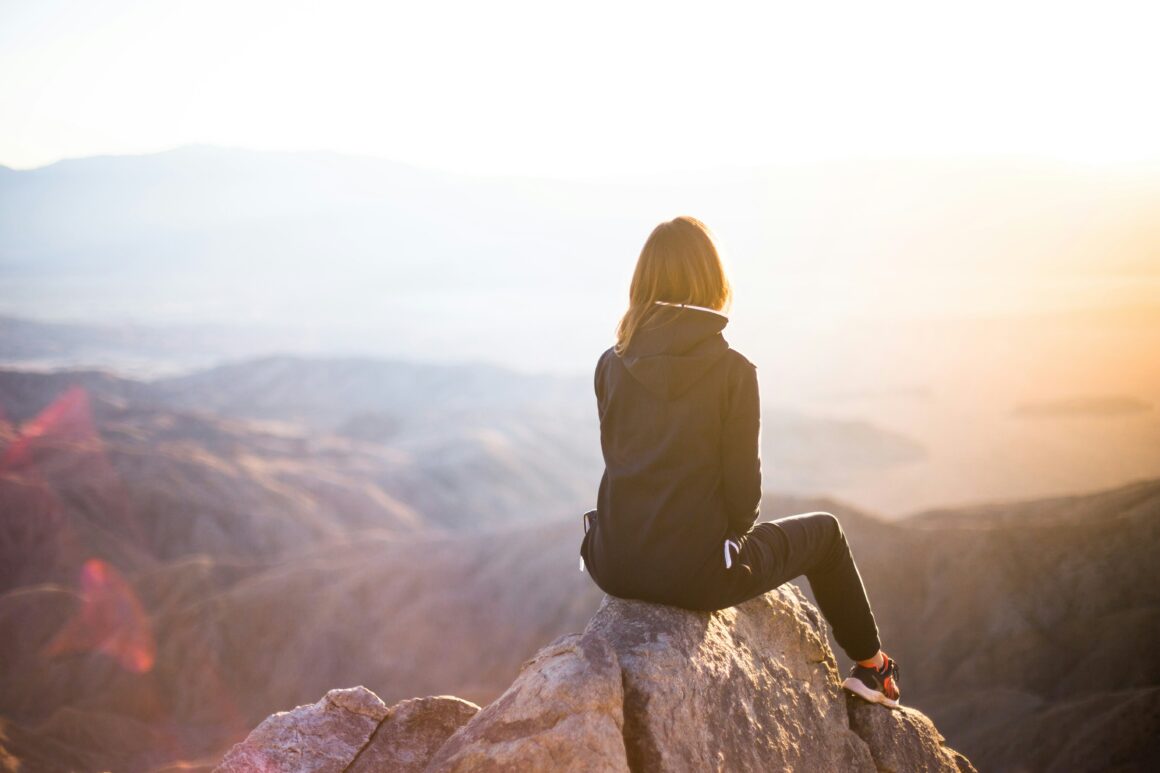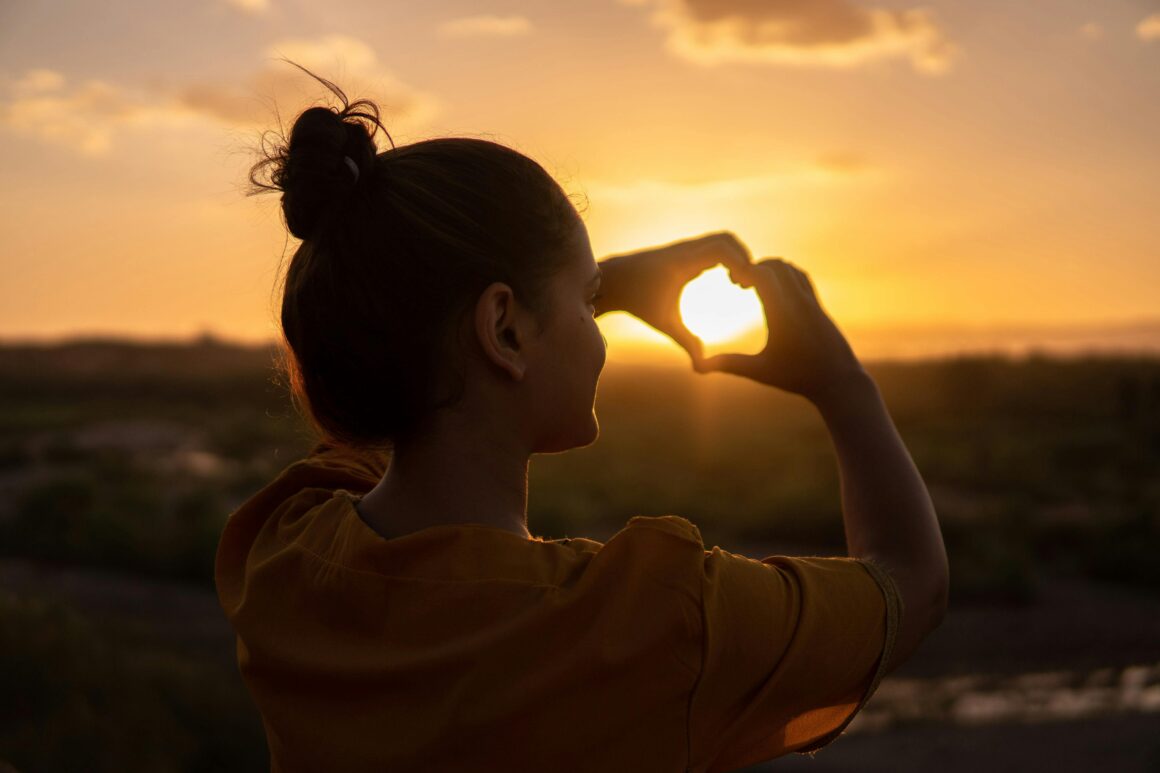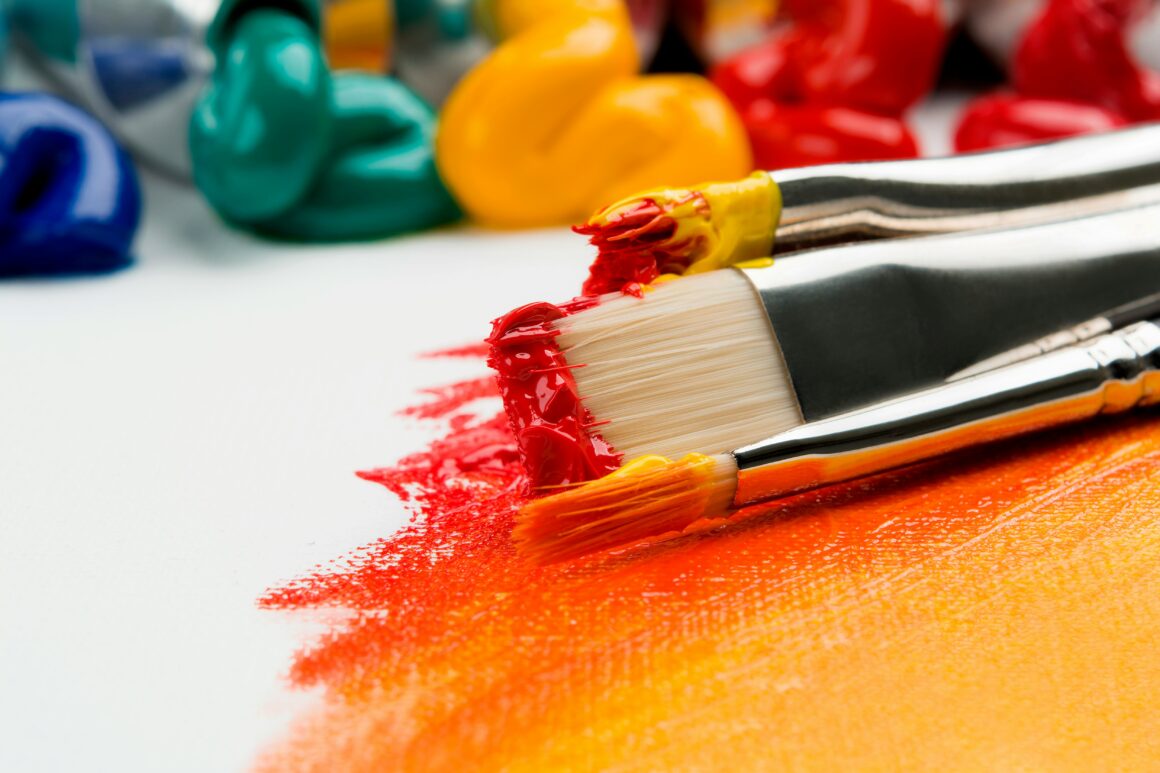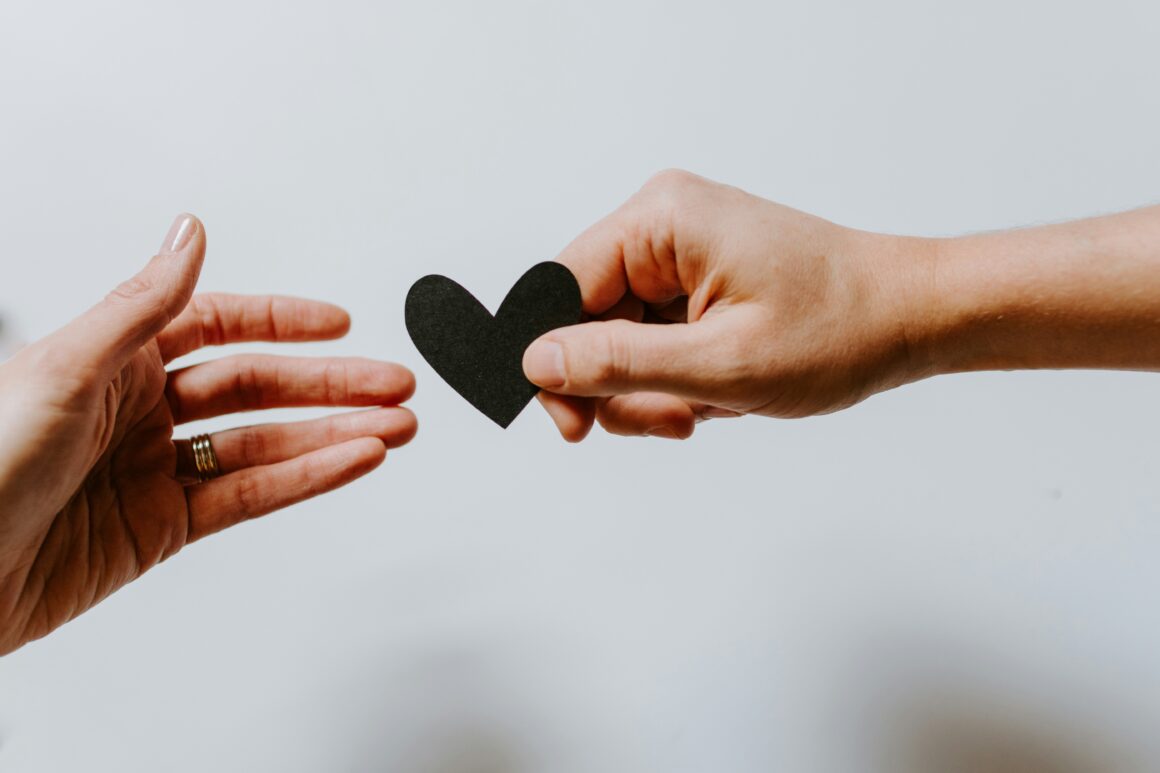
I used to live on the scale in my bathroom. Every morning, I’d cautiously balance myself upon it with one foot, trying to trick the needle into giving me the lowest number possible. I would alternate between tiptoeing on it and keeping my feet on the very edge, my heels still on the ground. I desperately wanted it to lie to me. And with terror, as the stress of my personal life waxed and waned, I watched it rise and fall, rise and fall, with all the trepidation one might have while watching a horror flick. That, often enough, is exactly what issues concerning my weight felt like: a balancing act, a circus performance that I could barely maintain.
Back when I didn’t have any social media accounts, things were different. Middle school, especially, was a nightmare. Every summer, I had the same plan: what people my age now refer to as ‘glo-ing up’. I wanted to lose weight, which was a fairly common and even realistic goal. I also wanted to become blonde, straight, and white, which was…well, slightly less achievable.
It took me until seventh grade to start taking care of my health. I still didn’t have Facebook, Twitter, or even Instagram– seeing my skinny classmates was enough to convince me that something– or, rather, everything– was inherently wrong with my body. Photoshop wasn’t the culprit, this time– it was just youth, good genes, and a speedy metabolism that I had never possessed. So, determined as ever, I took one of my mother’s old exercise tapes and did basic cardio every single day in the living room for three months. And to my surprise, it worked. I began to feel my developing muscles flex as I traipsed around my apartment. I’d stare at myself in the mirror, gently feeling the visible bones in my face for what felt like hours on end. I’d spend moments before falling asleep feeling my ribs pulling at my skin, poking out from their blanket of blubber. I couldn’t help but marvel at myself– I’d never actually succeeded at losing so much weight before. I felt beautiful, self-made, and revitalized. It was nothing short of a revelation.
Still, I couldn’t help that I hadn’t done enough, just yet– that I had more weight to shave off, that I’d be even more beautiful if I lost a good forty pounds more. Or sixty. Or even eighty, I reasoned, pulling at my thick Latina hips and the little bubble of fat still left on each of my arms. I still caught myself looking over at other thighs and calves, tracing over how flawless they seemed. Mine still rubbed when I walked, still had stains of white and brown lightning bolts. My Spanx was still my best friend. My success, day by day, felt more and more bittersweet. I still felt like a project, something to be fixed rather than someone to be celebrated.
Around this time, I started experimenting with social media, dipping my proverbial toe in the waters of the millennial craze I had so often heard about. I began posting selfies of myself on Tumblr, obsessing over tiny details like the sharpness of my chin– did I have a chubby heart-shaped face or a naturally ooblong one? What were my best angles? Did I look fat, still? And, on my more negative days, I’d simply wonder: would I ever stop looking fat? Kind comments, though, meant next to nothing for me. I still felt chubby and unaccomplished, and spent my days scrolling down #thinspo photos to try to motivate myself to lose as much as I could.
A couple of years after deserting Tumblr, I made a Twitter account, convinced that maybe I could sharpen up my writing skills by sending out my nonsensical thoughts to all who would listen. I wasn’t even thinking about my body, or my weight, or exercise for once, but on the other facets of my life, like my love for writing and my interest in film and television. Twitter has never been known for selfies, really, although there are plenty there to find. Most focus on what others have to say, first and foremost. They value thought over appearance without discounting one for the other– and I found a deep, evolving admiration for that kind of approach to social media and to life. I’d find selfies of others that would prove to revolutionize my idea of beauty and of ways to be beautiful. Within those, I began to see a kind of beauty in myself that would prove indispensable to my understanding of my self-worth. Yeah, I wasn’t thin. I wasn’t white, or blonde, or straight. But, as I soon realized, I didn’t want to be. These words and “beautiful” didn’t mean the same thing in the slightest. And with that, I was free.
This does not mean that I wake up every morning, turn to my mirror, and think “Why, hello there, gorgeous!” This does not mean that on bad days, I don’t see myself in reflective surfaces and cringe. It’s a process, and one that I may never complete. That’s okay. What this new life has meant for me is that I am no longer as judgmental as I once was, in regard to both others and myself. I’ve stopped counting calories, and stopped denying myself pizza and ice cream should I so desire it. I still run and exercise, but only when I want to. It’s a new kind of liberation that I’d never imagined for myself, and I can’t get enough of it. More importantly, I can’t get enough of myself, in all my authentic, honest-living glory. And that, if I do say so myself, is a good place to be.




